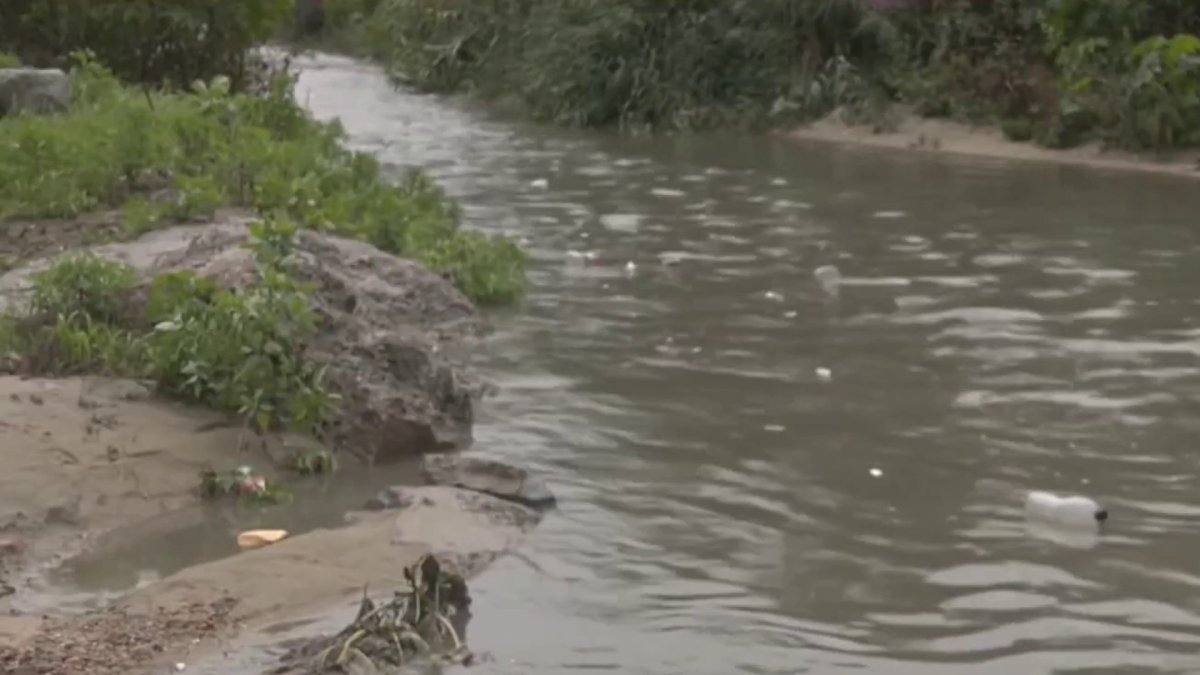The South Bay community remains concerned about air quality, drinking water and health outcomes related to the Tijuana River pollution crisis, according to a survey released Tuesday.
The survey, which featured answers from 2,099 people near the International Border, was conducted last November by the U.S. Centers for Disease Control and Prevention’s Agency for Toxic Substances and Disease Registry.
In it, 67% of those surveyed said they do not believe the area is safe to visit, work or live in. Of those who filled out questionnaires for the Assessment of Chemical Exposures survey, 97% said they were concerned about air quality.
A total of 80% said they have made many or some lifestyle changes due to the sewage and taken steps to avoid the area.
Other findings include:
- 70% using bottled water for drinking water and only 21% drinking tap water;
- 64% of those surveyed reported at least one new or worsening physical health symptom they attributed to the sewage crisis in the past 30 days: headaches, runny nose, congestion and coughing the most common; and
- More than 60% of parents answering for children said their child had missed preschool or school due to symptoms they believe are related to the sewage crisis.
The results of the ACE survey confirm the results of the Community Assessment for Public Health Emergency Response completed last October “while expanding participation to more impacted communities and to the individual level instead of households,” a county statement reads.
Community members reporting physical symptoms and mental health issues they felt were caused by the sewage crisis were prevalent in both surveys. Concerns about the safety of the community and of the safety of tap water for drinking were also common to both surveys.
In September 2024, high levels of noxious gases such as hydrogen sulfide and hydrogen cyanide were measured by scientific teams in the river valley and noticed by residents due to the rotten egg smell even miles from the border. Ultimately, crews from San Diego County determined there was no immediate health risk, but many residents believed the crisis had reached a turning point.
“In the past year, researchers discovered that toxins and bacteria from the Tijuana River can be aerosolized and become airborne — unveiling an apparent threat not only to our water ecosystems, but the air in our communities,” wrote Reps. Juan Vargas, Scott Peters, Sara Jacobs, all D-San Diego, and Mike Levin, D-Dana Point, in a letter to the EPA. “A recent heat wave in the region intensified the odors, and led constituents to report that the fumes have caused them to wake up in the middle of the night.”
Last month, the San Diego County Board of Supervisors voted 3-1 to advance a proposed action plan in response to the ongoing Tijuana River sewage crisis. July 1’s Special Election ushered in Imperial Beach Mayor Paloma Aguirre to the board, bring her activism regarding the border to the county’s decision-making process.
“I hear constantly from families in my district and across the South Bay about kids who are getting sick, beaches that are closed,” said Supervisor Terra Lawson-Remer, who represents District 3.
She said the county’s congressional delegation has secured $650 million to fix the South Bay International Wastewater Treatment Plant, but that will take years to finish.
“We need a county-level plan that meets this moment — clear, strategic and ready to go when funding opens up,” she said.
Expected to take about two years, another public health assessment from the Centers for Disease Control and Prevention/Agency for Toxic Substances and Disease Registry will evaluate the Tijuana River Valley for hazardous substances, health outcomes, and community concerns.
“This new public health assessment will look at environmental data from government agencies and researchers, review air, surface water, sediment, soil, fish tissue, and odor complaint data, identify information gaps and uncertainties where there is not enough data to determine health risks and make recommendations to agencies, community members, and others to prevent and minimize harmful exposures,” a county statement reads.
